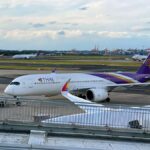
AIR NEW ZEALAND: New CEO plans to reclaim trans-Tasman market
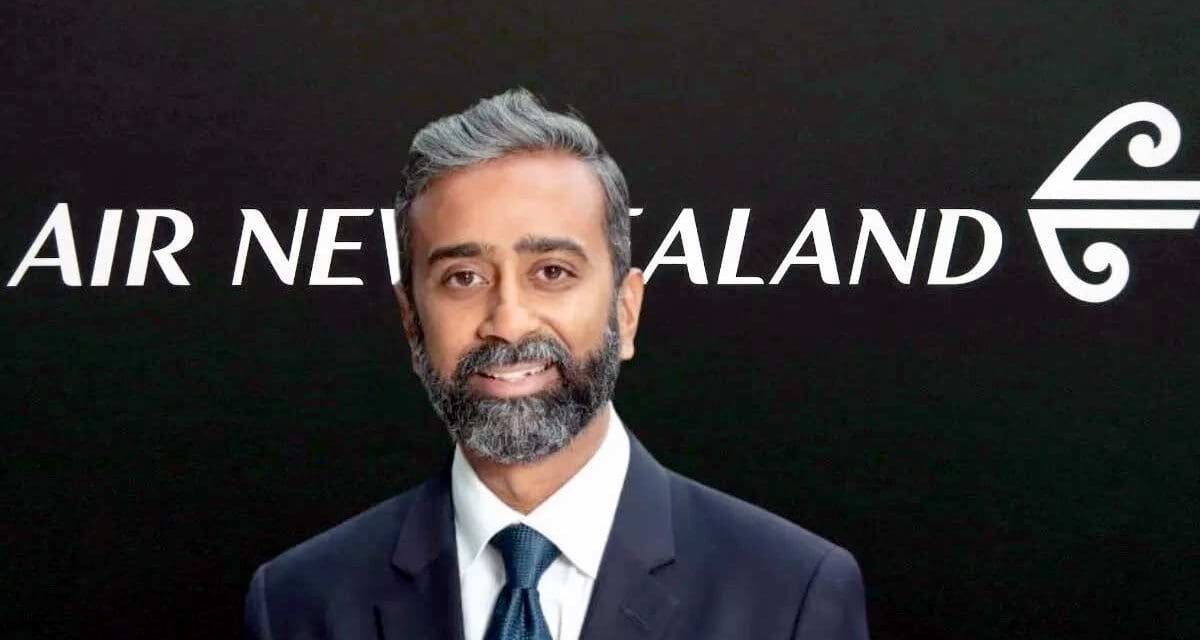
Air New Zealand has a new CEO as of October 2025. Nikhil Ravishankar, the carrier’s former Chief Digital Officer has taken over the cockpit from former CEO, Greg Foran.
In an Australian Financial Review article recently, we got an idea of his plans for the airline.
Air New Zealand has suffered post-COVID lockdowns with a shortage of available aircraft due to engine grounding issues. Nearly a third of Air New Zealand’s international fleet had to be grounded because of issues with the Pratt & Whitney engines on its Airbus A320 Neos. The issues didn’t stop there; it got a double whammy with the Rolls-Royce Trent engines on its 787-9s. Not being able to fly these newer aircraft in its fleet severely inhibited its ability to recover once international flying resumed.
While Australian airlines Qantas and Virgin Australia soared, Air New Zealand lost a hell of a lot of its market share, particularly on trans-Tasman routes.
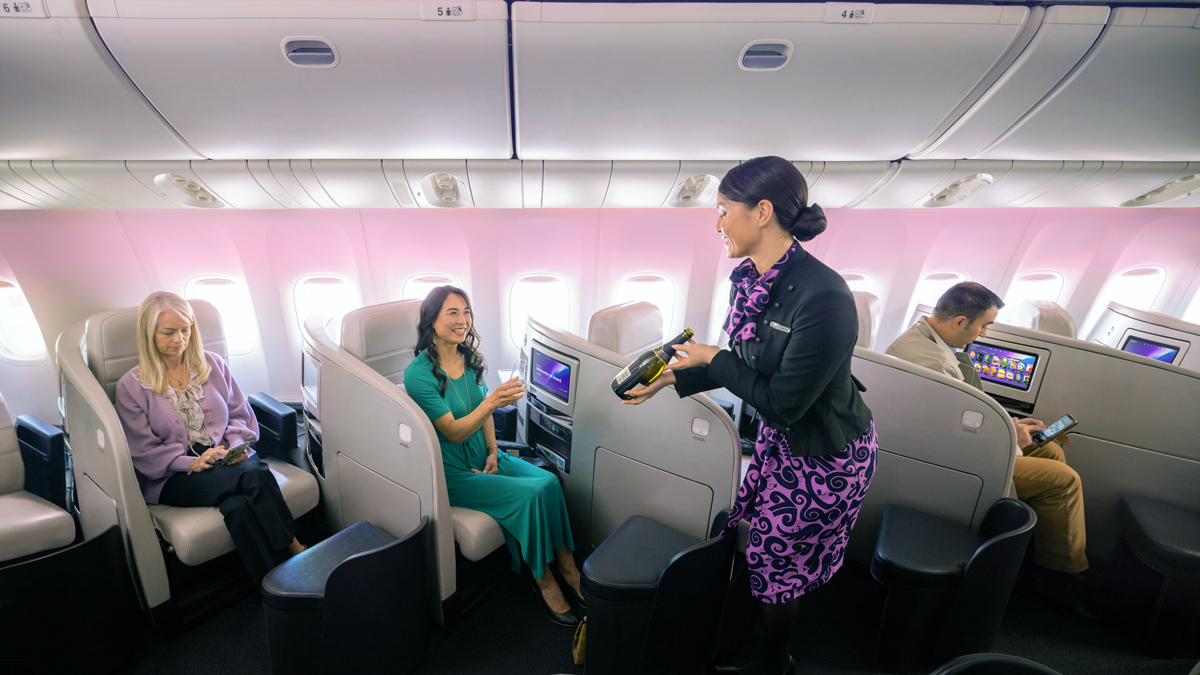
New CEO, new plans
So with a new CEO in the pilot seat, what are his plans? Well, he believes that if you can’t match the scale of your competitors, then you need to innovate ahead of your rivals. Ravishankar’s plans include installing a refreshed business class in its existing aircraft and improving its loyalty program.
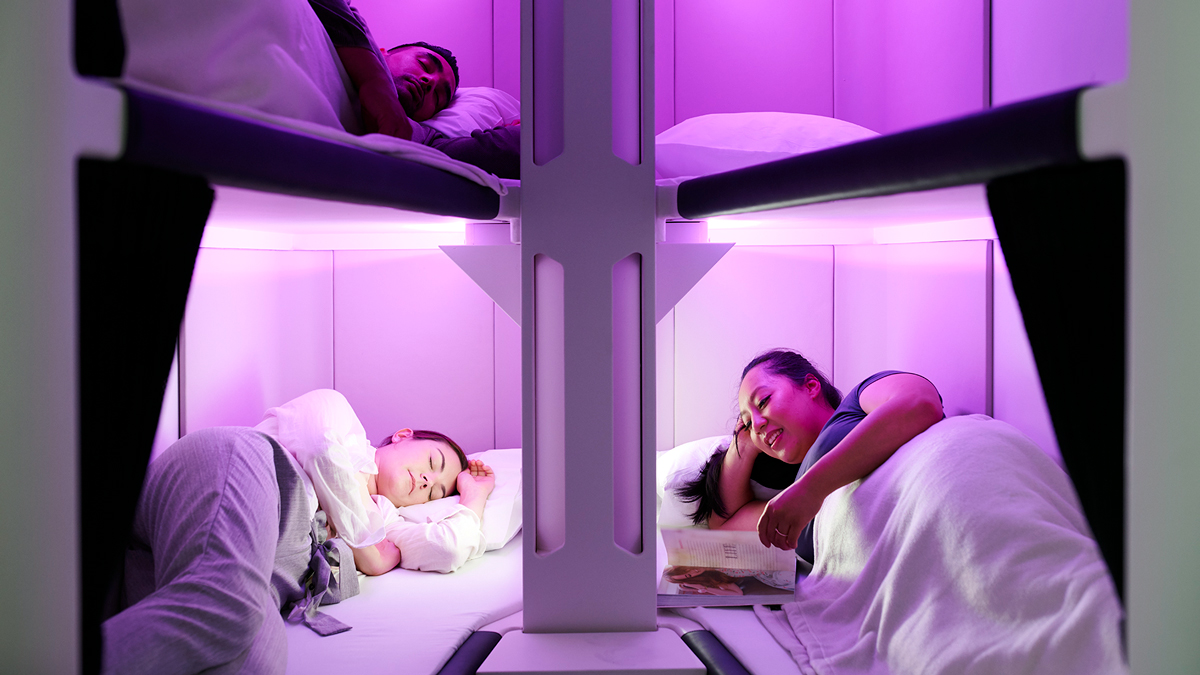
The turnaround strategy
Air New Zealand had a reputation for trying something different, with its economy rows that could be combined to form a shared platform bed, and an at the time innovative herringbone business class. It also has plans to install a stack of bunk beds that can be used by the three hour period in Economy.
Instead of waiting for its new aircraft, Ravishankar will retro fit the fleet of Boeing 787-9s with a new Business Class cabin design. This bucks the usual practice of introducing new cabins on new aircraft. It will also mean bringing up to date the airlines seriously old fashioned herringbone Business Class seating.
On the loyalty front, Ravishankar recognizes that this is an important componant for keeping travellers loyal to the brand. Its what makes them into repeat customers. His plans are undetailed here, but if he is serious, he will need to up the perks while lowering the loyalty bar. I’ll believe that when I see it.
Now none of that is groundbreaking, including an implied threat to sack staff, when he admits that Air New Zealand has “too many employees to run a profitable and efficient business” . That will go down well in the crew prep rooms. Outlining the problem, including the political difficulties of downsizing staff in a government owned airline, is not actually providing a strategy either.
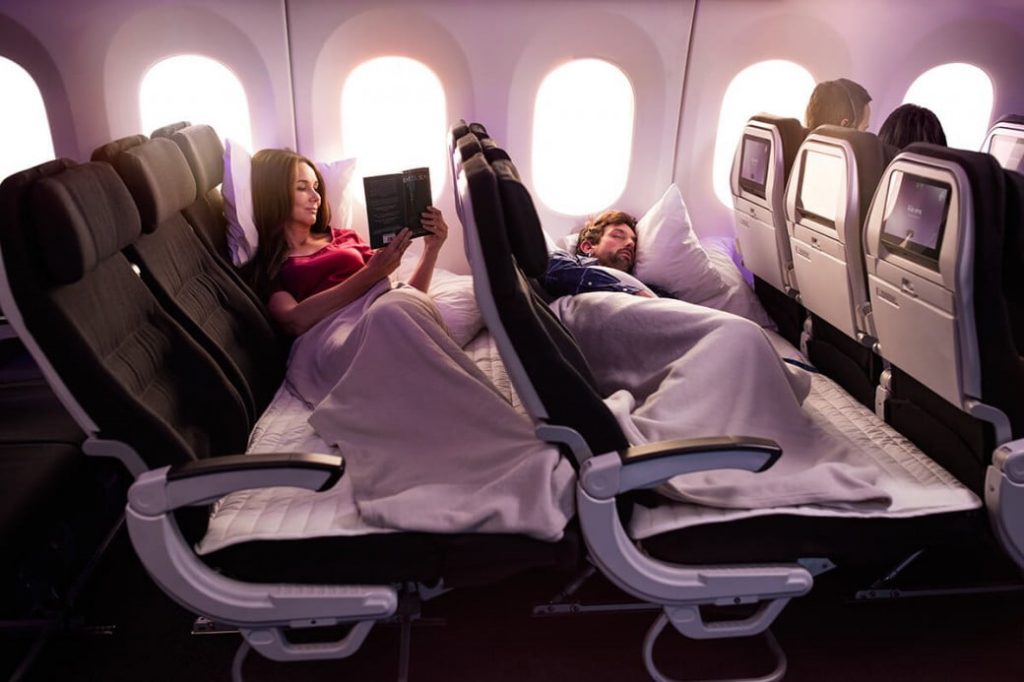
Why this matters
Air New Zealand exists in a fairly small domestic market with relatively high labour and operating costs. It has an impaired fleet due to maintenance issues, and a significant number of aircraft are unable to operate due to the aforementioned engine issues.
Across the ditch, it has some financially healthy competitors, including Qantas, Jetstar, and Virgin Australia, which would be happy to further intrude on Air NZ’s market share. They have already reduced Air New Zealand’s share of the trans-Tasman market from 54% to 38%.
On the plus side, the New Zealand government sees it as essential to have a ‘national’ airline for the island nation. That means they will find deep pockets to keep it financially viable.
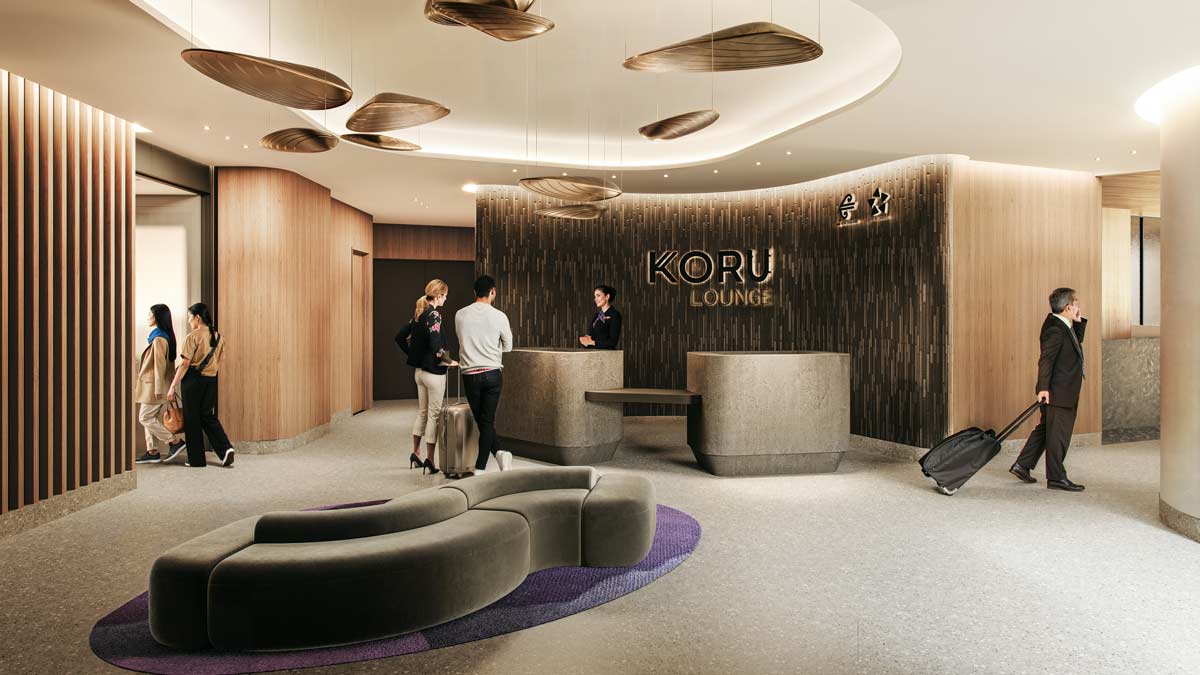
For Australian travellers
Having a healthy airline across the Tasman will maintain the competitive pressure on Australian-based airlines. That means more trans-Tasman capacity, leading to more competition, which means better pricing for Australian travellers.
Improvements to the Airpoints loyalty program will be much welcomed. Currently, Airpoints is not an attractive program for anyone but New Zealand-based travellers. Even then, its value is limited. I’ll be keeping a watch on the promised improvements to see how much they actually benefit members.
A new Business Class product on those Dreamliners is well overdue. I’m not sure it will put Air NZ ahead of the game, or merely bring it up to competitive speed with other airlines like Qantas on international routes.

2PAXfly Takeout
The real key here, I think, is resolving the reliability issues with the engines on its Dreamliners and Airbus Neos. You can’t earn if you can’t fly. Getting those aircraft back in the sky is at the heart of Air New Zealand’s recovery. However, the airline has little control over the supply chain issues that are hindering the resolution.
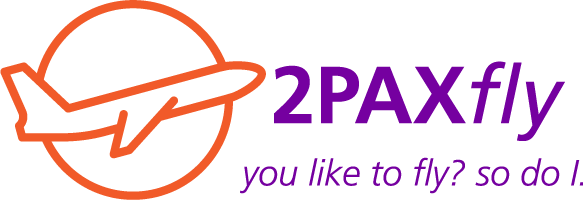

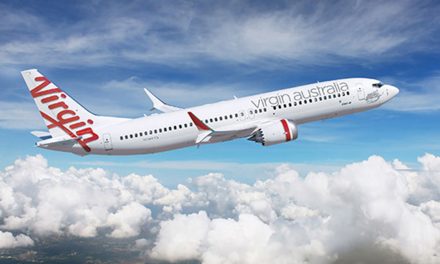

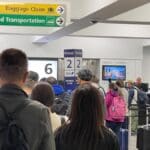


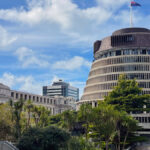





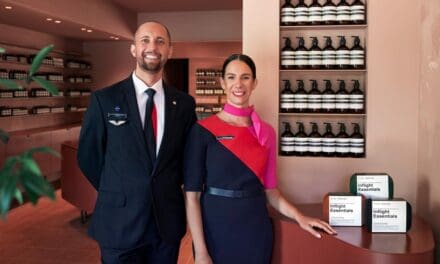
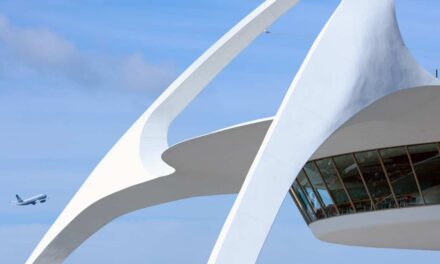

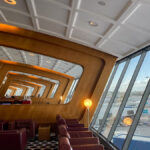

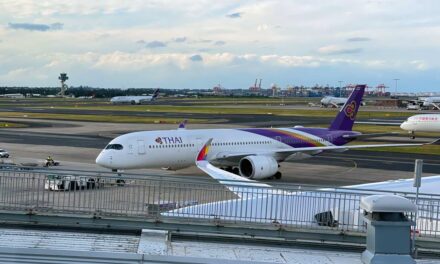


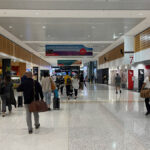


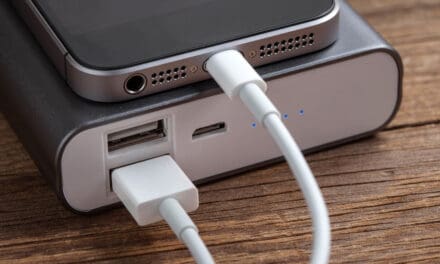

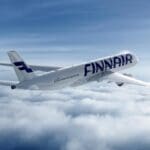


What did you say?